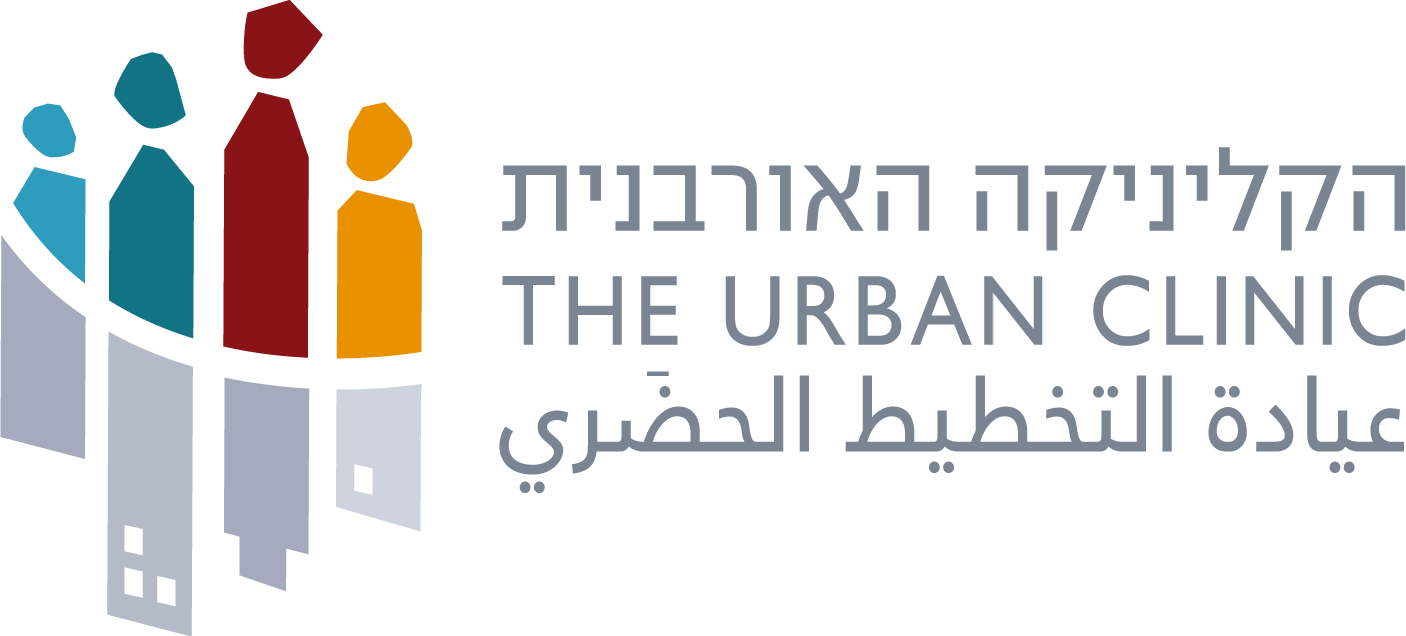Ein Rafa is an Arab village about 10 kilometers outside Jerusalem, across Highway 1 from Abu Ghosh. This tour was lead by the head of the Village Association Ala Barhoum, educator and Ph.D student Rayid Barhoum, urban planner Oren Melammed, and joined by a representative of the JNF. The tour focused on village history, and how a new detailed plan for the region will affect the tiny village. The new plan is part of Government Resolution 922, which allocated billions of shekels for the planning and development of Arab towns throughout Israel (excluding East Jerusalem).
Ein Rafa was founded in the 1920s by three brothers who lived in the nearby Arab village of Suba (where Kibbutz Tzuba is today). When land became scarce in their own village, the brothers decided to descend to the valley below to establish their own fields and homes. During the 1948 war the villagers briefly fled their homes, and in 1949 were recognized as a village and given Israeli citizenship.
Today the village is part of the Matei Yehuda Regional Council, one of 58 towns and villages with a total population of around 50,000 residents. Ein Rafa is one of two Arab villages represented in the Coucil, the other being neighboring Ein Nakuba. Ein Rafa has a population of 1,200 people, most of whom are part of the Barhoum clan, and Ein Nakuba has a population of 3,200. Ein Rafa has only a small primary school, so older students go to middle and high school in Ein Nakuba.
Despite their close proximity, the two villages consider themselves rivals and culturally unique. Residents of Ein Rafa consider themselves to be liberal, educated moderates, closer in character to secular Jews than religious Muslims. A new detailed plan attempts to connect the two villages and create housing projects that will serve both areas. The 600 units will be available for purchase for both villages, as well as outsiders. The plan also improves infrastructure and emphasizes tourism to a nearby spring and bike trail.
Ein Rafa residents are happy about the prospect of increased tourism, but unhappy about being lumped in with Ein Nakuba. They hope the new units might attract similar-minded, secular Jewish families rather than conservative Muslim families from East Jerusalem. They are also unhappy that they aren't being granted their own secondary schools, though the village's small size isn't enough to establish a school. Village Association Head Ala Barhoum's daughter attends middle school at Hand in Hand, a bilingual secular school in Jerusalem rather than the regional school in Ein Nakuba.
The tour brought up questions such as: how much should regional plans acquiesce to local residents and sacrifice practicality in serving the largest number of people? How will Ein Rafa's unique cultural and pastoral character change with the addition of housing units and increased tourism? Will the two villages ever accept their proximity as justification for cooperation?
 Looking out over Ein Rafa and Ein Nakuba. Credit Miriam Fisher
Looking out over Ein Rafa and Ein Nakuba. Credit Miriam Fisher
 Planner Oren Melammed and Village Association Head Ala Barhoum discuss the new detailed plan. Credit Miriam Fisher
Planner Oren Melammed and Village Association Head Ala Barhoum discuss the new detailed plan. Credit Miriam Fisher
 At the end of our tour we walked down the JNF bike trail that connects the village to a nearby spring, Ein Limor. Credit Miriam Fisher
At the end of our tour we walked down the JNF bike trail that connects the village to a nearby spring, Ein Limor. Credit Miriam Fisher
 Our closing discussion/picnic was held at nearby spring Ein Limor. Credit Miriam Fisher
Our closing discussion/picnic was held at nearby spring Ein Limor. Credit Miriam Fisher


